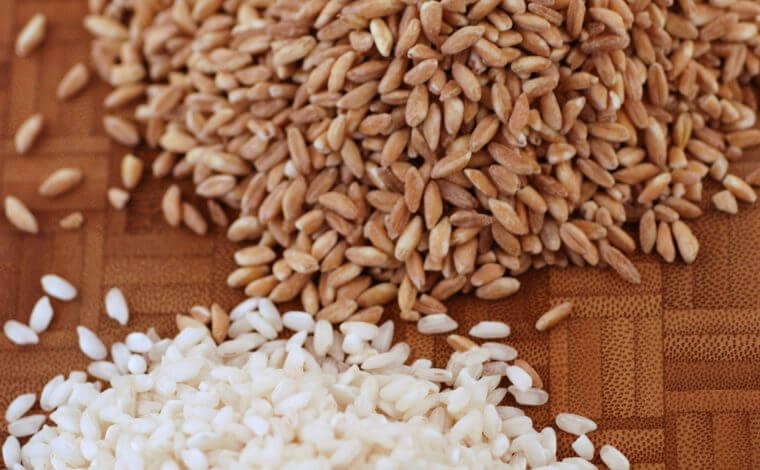
Rice to Meet You
Rice. Every culture has its own take on it.
In Asia, it is fried, in India it’s curried, pilaf style in France, and made for paella in Spain. But in Italy, rice is something different.
Risotto is one of those little gifts from the heavens that really separates Italian rice from all other cultures. Utilizing the natural starches of the rice, a creamy risotto can serve as either a hearty meal, or a delicate accompaniment. Finding the risotto that suits your taste depends a lot on what kind of rice you choose.
So let’s meet our rice!
There are over 2000 different varieties of rice throughout the world. Fifteen of these can be used to make risotto. The varieties vary from soft to firm, long grain to small and are graded accordingly. Risotto grading goes as follows:
Superfino – Largest grain
Fino – Medium grain
Semifino – Small grain
Commune – Smallest grain (Little pearls)
Basically, the larger the grain, the lighter and less sticky the risotto will be. This is because of the separate starches within each grain. Each piece of rice contains two parts, the outer starch, which dissolves in the cooking process and gives risotto the creamy texture it is so famous for, and the inner starch, which, when cooked properly, is al dente and allows each grain to stand out among the others. The larger the grain, the larger the inner starch is and the better texture your risotto will have. Both professional chefs and home cooks have narrowed the variety of rice down to four main choices.
The most commonly used risotto rice named after it’s place of origin, Arborio in the Po Valley. Cultivated in the Lombardy and Piedmont regions of Italy this large grain rice is classic for Risotto Milanese.
From the same region as Arborio rice comes Carnaroli, the king of risotto rice. The grain of this superfino rice is slightly larger and can therefore retain more liquid while still holding shape. Acquerello brand is a favorite among top chefs throughout the world.
Vialone Nano comes from the Veneto region of Italy. It is classified as semifino due to the smaller, thicker size. This medium grain rice allows the risotto dish to be smoother and creamier, with less separation of the grains.
Baldo rice is considered the daughter of Arborio rice. Because of the small size of the rice, it is much stickier and creamier than the previous three and therefore is graded as semifino. That being said, it has a much shorter cooking time and is very common in salads, soups and deserts as well.
The standard ratio of cooking liquid to rice in a risotto is 1:3. This means for every one cup of rice, you would add three cups of liquid. However, this tends to vary based on the type of rice used and the consistency desired. Classic risotto dishes use water, a stock of some sort, or just wine. The cooking liquid can be anything you desire, so feel free to get adventurous with it.
Making risotto can be a terrifying task to try to overcome. Have no fear though, because with a little concentration, and a little more wine, one can easily create a fantastic meal.



